Common challenges of megacities
Ho Chi Minh City is facing similar development problems to large megacities such as Berlin and London, where housing prices have risen far beyond the affordability of most people, causing serious social and infrastructure consequences. This is the warning given by experts at the workshop "Coordination model - Integrated development and operating mechanism for the new Ho Chi Minh City" organized by the Research Institute for Socio- Economics (RISE) on October 28.
According to Dr. Soeren Keil from the University of Passau (Germany), Berlin, an economic powerhouse of Germany, is struggling with the situation of people not being able to rent or buy houses because of the high prices. Once considered a "livable" city, Berlin is now among the fastest-growing cities in Europe in terms of rent.

A similar situation occurs in London (UK), which is considered a global financial center. Real estate prices are pushed up because it attracts international super-rich to buy houses as second and third assets. "Many houses are turned off and empty, but the middle class cannot afford to rent or buy houses in the city center," said Dr. Keil.
House price spiral and infrastructure pressure
Rising house prices in both Berlin and London have forced people to move to the suburbs. However, this has created a vicious cycle: as people move, house prices in that area continue to rise. The result is longer commutes, putting enormous pressure on public transport systems, forcing the government to invest huge sums in building and expanding urban rail networks.
Current situation in Ho Chi Minh City
Rising housing prices are also a major challenge facing Ho Chi Minh City. According to market research in the second quarter, primary apartment prices in Ho Chi Minh City range from VND80-120 million/m², up 10-30% over the same period last year. The gap between housing prices and people's incomes is widening, posing an urgent housing problem for the majority of workers.
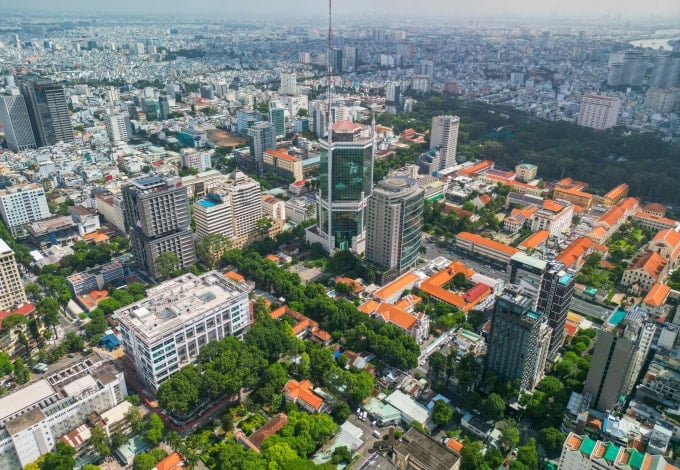
Experts say that after the merger and expansion, Ho Chi Minh City will have to solve the problem of balancing economic development and infrastructure adaptability, similar to what Berlin and London have experienced. The city's challenge also lies in regional inequality, where some areas are thriving while others lag behind in terms of welfare and infrastructure.
Proposed strategic solutions
To address the above challenges, many strategic solutions have been proposed by experts and managers, focusing on long-term planning and reforming financial mechanisms.
Transit-Oriented Urban Development (TOD)
Dr. Nguyen Thanh Phong, Chairman of the RISE Scientific Council, former Chairman of the Ho Chi Minh City People's Committee, said that the city's spatial development strategy needs to focus on the TOD model. This model will form 10-15 compact urban nodes along key public transport corridors, helping to effectively connect infrastructure and living space, reducing pressure on the central area. In particular, he emphasized the need to reserve at least 20% of land in new urban areas for social housing development.

Reform of urban financial and coordination mechanisms
Mr. Do Thien Anh Tuan, lecturer at the Fulbright School of Public Policy and Management, proposed establishing an Urban Development Coordination Agency (MDA) under the Ho Chi Minh City People's Committee. This agency will be responsible for integrating planning, coordinating investment and promoting public-private partnerships.
In parallel, the Ho Chi Minh City Infrastructure Fund (HIF) was established, which will act as an urban development bank. This fund will mobilize and coordinate capital sources from the budget, ODA, bonds and the private sector to finance important inter-regional infrastructure projects such as transport, logistics and social housing. This model is expected to create sustainable financial resources for the long-term development of the city.
Source: https://baolamdong.vn/gia-nha-tphcm-bai-hoc-tu-berlin-london-va-cac-giai-phap-398428.html



![[Photo] Prime Minister Pham Minh Chinh chaired a meeting to discuss solutions to overcome the consequences of floods in the central provinces.](https://vphoto.vietnam.vn/thumb/1200x675/vietnam/resource/IMAGE/2025/10/29/1761716305524_dsc-7735-jpg.webp)

![[Photo] Flooding on the right side of the gate, entrance to Hue Citadel](https://vphoto.vietnam.vn/thumb/1200x675/vietnam/resource/IMAGE/2025/10/28/1761660788143_ndo_br_gen-h-z7165069467254-74c71c36d0cb396744b678cec80552f0-2-jpg.webp)

![[Photo] National Assembly Chairman Tran Thanh Man received a delegation of the Social Democratic Party of Germany](https://vphoto.vietnam.vn/thumb/1200x675/vietnam/resource/IMAGE/2025/10/28/1761652150406_ndo_br_cover-3345-jpg.webp)







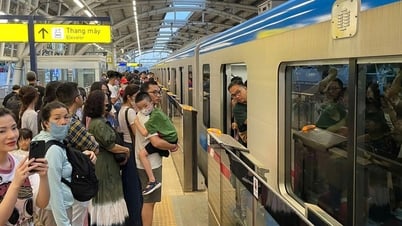


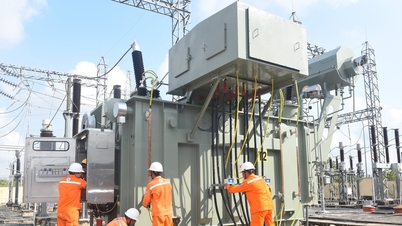



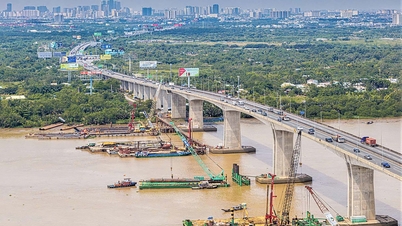










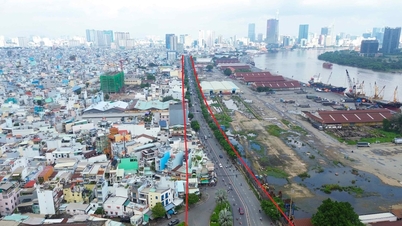

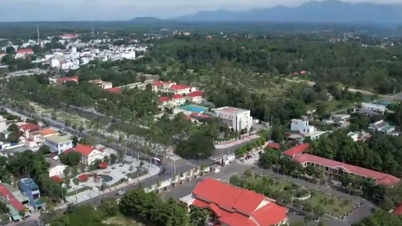

![[Photo] Draft documents of the 14th Party Congress reach people at the Commune Cultural Post Offices](https://vphoto.vietnam.vn/thumb/1200x675/vietnam/resource/IMAGE/2025/10/28/1761642182616_du-thao-tai-tinh-hung-yen-4070-5235-jpg.webp)
![[Photo] President Luong Cuong attends the 80th Anniversary of the Traditional Day of the Armed Forces of Military Region 3](https://vphoto.vietnam.vn/thumb/1200x675/vietnam/resource/IMAGE/2025/10/28/1761635584312_ndo_br_1-jpg.webp)


























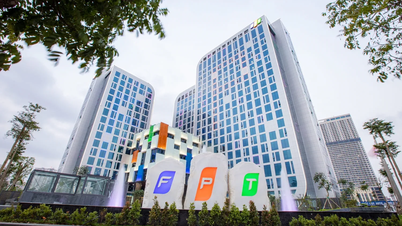












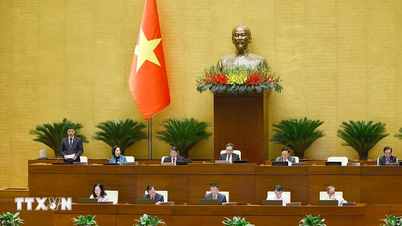


































Comment (0)